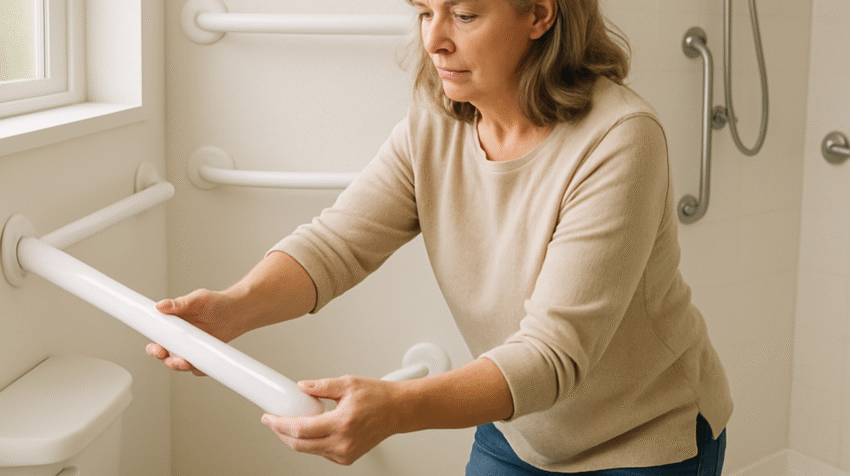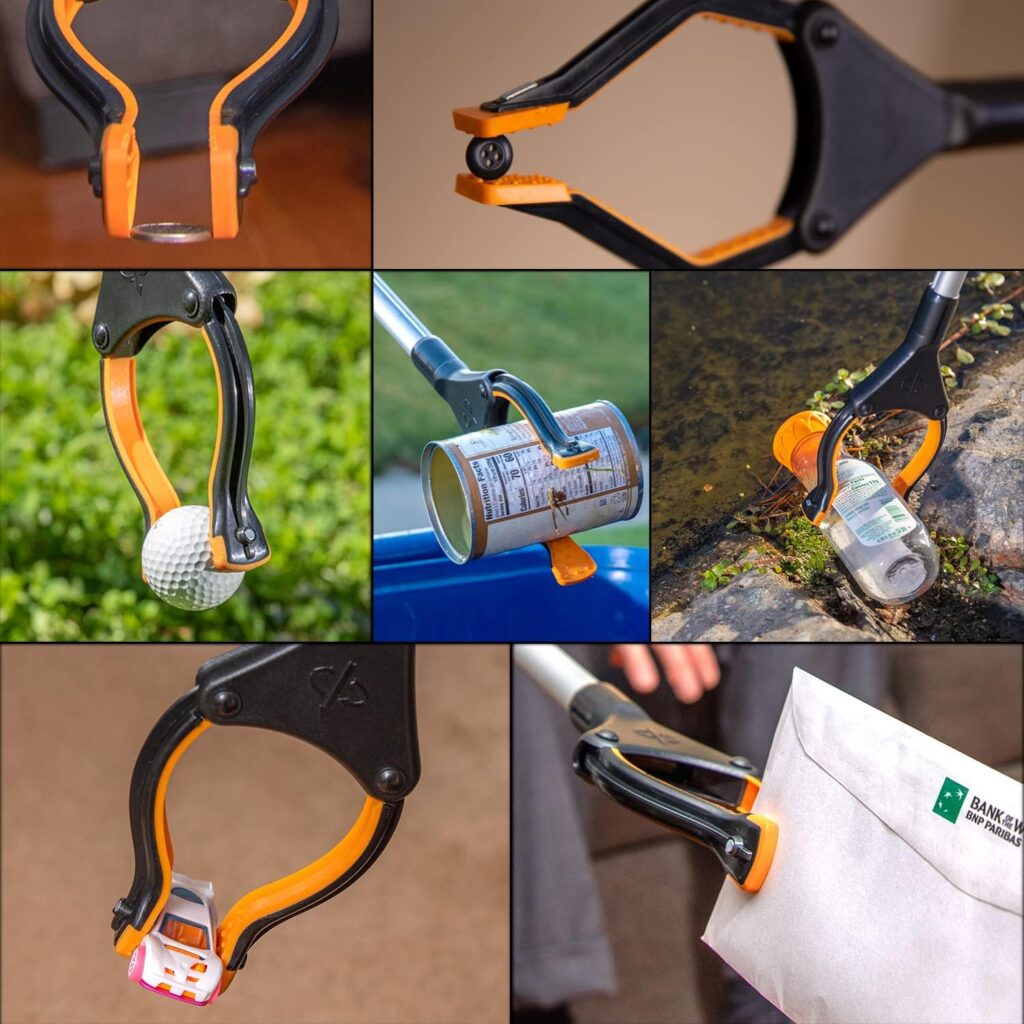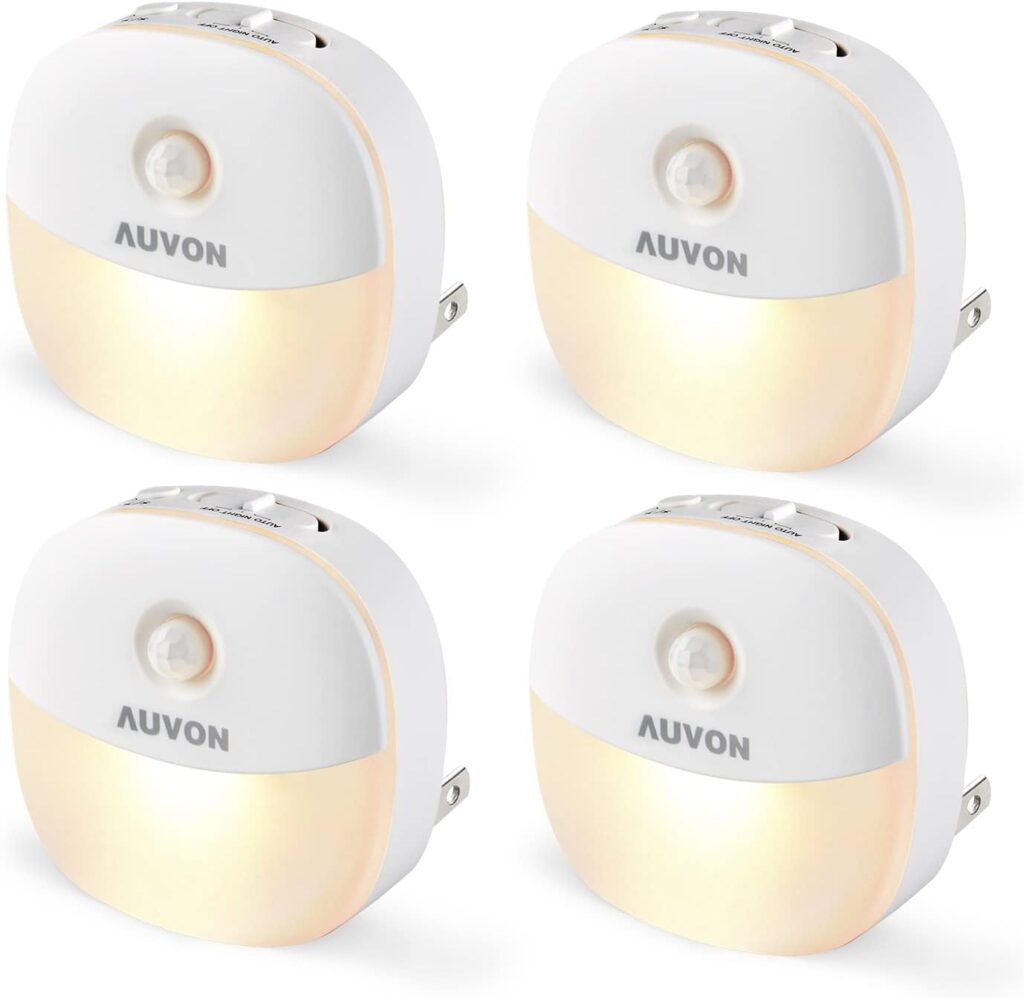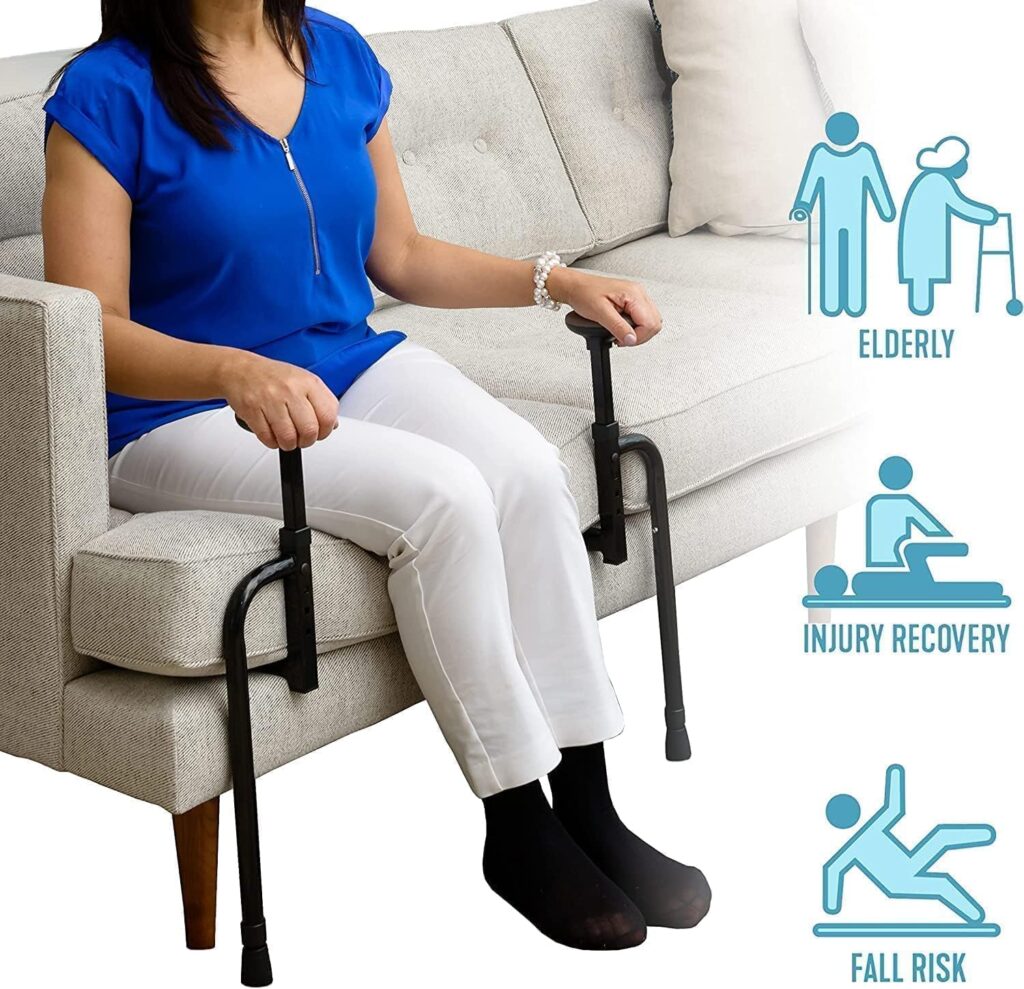Learn how to set up a home for aging in place with practical safety tips that protect independence, comfort, and confidence. Avoid common mistakes and discover simple home modifications and helpful tools that make daily living easier for seniors.
How to Set Up a Home for Aging in Place
If you’re wondering how to set up a home for aging in place, you are not alone. Most seniors prefer to stay in the comfort of their own homes — surrounded by familiar routines, favorite chairs, and memories that make a house feel like home. And, honestly, that makes complete sense. A familiar environment provides emotional stability, personal identity, and a strong sense of independence.
But here’s the challenge:
Most homes weren’t originally designed with balance changes, mobility limitations, or new medical routines in mind. Little things — like low seating, dim hallways, or slippery bathrooms — can quietly chip away at confidence and increase fall risk.
The good news?
You don’t need expensive renovations to make a meaningful difference. Just a handful of thoughtful adjustments can help seniors stay independent, safe, and comfortable at home.
Below are the 11 most common mistakes people make when trying to create a supportive home environment for aging in place — and what to do instead.
1. Ignoring Clutter and Narrow Walkways: Home Safety Tips for Seniors
Clutter is one of the biggest contributors to falls, yet it’s something people stop noticing in their own homes. Small tables, plants, footstools, power cords, magazines, and decorative rugs become tripping hazards when mobility, balance, or depth perception changes. Don’t ignore them!
What to do instead:
- Create wide, open walking paths through the home.
- Remove small rugs or secure them with non-slip backing.
- Reposition furniture to allow walker or cane clearance.
Why it matters:
Clear pathways reduce fall risk, trip hazards, and cognitive stress — movement feels easier and safer.
Try This Practical Home Test
If a walker or rollator cannot pass through the hallway or living room without bumping something, the home layout needs adjusting.
Helpful Tool:
EZPIK® 32″ Folding Reacher Grabber Pickup Tool
Makes it easy to pick up items without bending, leaning, or straining, helping to protect your joints and balance.
Semantic Keywords Used:
fall prevention at home, safe mobility, balance support
2. Poor Lighting and Dark Hallways Benefit from Affordable Aging in Place Solutions
As eyes gradually age, depth perception changes. Dim lighting turns everyday walking into a guessing game. Most falls happen at night, especially on the way to the bathroom.
What to do instead:
- Install motion-sensor night lights from bedroom → hallway → bathroom to improve nighttime visibility.
- Choose soft warm light rather than bright white, which causes glare.
- Use table + overhead + floor lighting layers to prevent shadows.
- Place lamps at both ends of the living room, not just one corner
Recommended Night Lighting
AUVON Plug-In Motion Sensor Night Lights
Automatic, soft glow helps guide nighttime walking without harsh brightness.
Semantic Keywords Used:
safe home environment, nighttime visibility
3. Not Having Bathroom Safety Upgrades for Seniors
Secondary Keyword Target: how to age in place comfortably
The bathroom is the most dangerous room in the home — due to slippery surfaces and limited grab support.
What to do instead:
- Install grab bars in the shower and beside the toilet.
- Use non-slip mats inside and outside the tub.
- Add a shower chair for stability during bathing.
Bathroom Stability Option
Medline Heavy Duty Bath Mat with Non-Slip Suction (4.6⭐)
Stays in place and prevents slipping in wet conditions.
Semantic Keywords Used:
bathroom safety upgrades, confident movement
4. Not Understanding How to Age in Place Comfortably With Seating
Secondary Keyword Target: senior-friendly home layout .how to age in place comfortably
If you are like many seniors, then, this one hits close to home – keeping low or soft seating that’s hard to stand up from! Yes, you loved that couch all these years and it has served you well, but with changes in the body with age, some adjustments are required.
Soft or deep couches and low recliners may feel cozy, but they require leg strength and core stability to stand up. For many seniors, this becomes frustrating and discouraging.
What to do instead:
- Choose chairs with armrests and firm seat cushions.
- Raise seating height to 18–20 inches.
- Use lift assist handles if buying new furniture is not an option
- Use a lift assist chair
Standing Support Device
Stander EZ Stand-N-Go Assist Bar (4.5⭐)
Attaches to existing furniture to make standing easier and safer. Sturdy brand
joint support, ease of movement
5. Not Making Aging in Place Kitchen Modifications
Secondary Keyword Target:
One often overlooked area when discussing how to set up a home for aging in place is the kitchen, but there, the necessary changes may not be as easily evident.
The kitchen should feel functional and not exhausting!
Kitchen cupboards that require reaching up high or bending down low increase fall and strain risk. Even everyday items can become challenging.
What to do instead:
- Move and store everyday use items on waist-level shelves.
- Replace heavy cookware with lightweight alternatives and ergonomic grip utensils.
- Swap twist-lid jars for arthritis-friendly design easy-open tools.
Helpful Kitchen Upgrade
OXO Good Grips Smooth Edge Can Opener (4.7⭐)
Leaves smooth edges + requires less grip strength.
Semantic Keywords Used:
adaptive kitchen tools, arthritis-friendly home
6. Relying on Memory for Medication Management – Failing to Provide Independence Support for Older Adults
Medication routines can become quite complex — and memory-based systems create stress for seniors and caregivers. Managing prescriptions manually can not only be frustrating, but can lead to missed or doubled doses, which may cause serious health complications.
What to do instead:
- Use pill organizers with clear compartments
- Set reminders using sound or vibration prompts
- Keep medication in a visual, easy-access location
Gentle Reminder System
e-Pill Multi-Alarm Vibrating Pill Reminder (4.5⭐)
Discreet vibration reminders support routine without stress.
Semantic Keywords Used:
routine support, health independence
7. Storing Daily Items Out of Safe and Easy Reach
If everyday items require climbing, bending, stretching, or stepping up, fall risk increases significantly as imbalance can be triggered.
What to do instead:
- Use stackable shelving to bring items to safe height
- Adjust shelves to shoulder-to-hip height.
- Keep duplicates of high-use items in multiple rooms.
- Use pull-out storage bins to prevent overreaching.
Storage Aid
SimpleHouseware Stackable Cabinet Shelf (4.6⭐)
Makes shelf space accessible without needing to bend or reach high.
Semantic Keywords Used:
home accessibility, functional layout
8. Ignoring Small Floor Transition Hazards – With Fall Prevention at Home
Raised edges, curled rugs, and loose mats cause falls in seconds.
What to do instead:
- Use transition strips between rooms.
- Remove or tape down throw rugs.
- Ensure flooring allows stable walker or cane contact.
Safety Fix
EZ-Edge Rubber Threshold Ramp (4.8⭐)
Smooths doorway transitions for safer walking.
9. No Emergency Plan for Falls at Home aging in place home ideas
Even when prevention is strong, accidents can still happen — and response time is everything.
Wearable Backup
Lifeline Medical Alert Pendant with Auto-Fall Detection (4.6⭐)
Automatically alerts a responder if a fall is detected.
Semantic Keywords Used:
emergency response support, safe independent living
10. Using Tech That Overwhelms Rather Than Empowers
If tech is frustrating, it will not be used — and independence is reduced. Complicated tech – remotes, phones, alert systems and other devices often ends up in drawers — unused.
What to do instead:
Choose simple, one-button, large-text, voice-friendly devices.
Senior-Friendly Device
VTech Amplified Big-Button Cordless Phone (4.5⭐)
11. Trying to Make Big Changes All at Once
The goal is respectful independence, and not control. Large, sudden adjustments can feel like loss of control. Introduce changes slowly and collaboratively.
What to do instead:
- Start small.
- Introduce changes collaboratively.
- Focus on preserving dignity.
Conclusion
Learning how to set up a home for aging in place is ultimately about one goal: supporting independence with dignity. The changes don’t need to be dramatic. A safer path to the bathroom, a supportive chair, easier kitchen tools — these small upgrades have big emotional impact.
And most importantly:
You’re not “taking away independence.”
You’re protecting it.
FAQs for How to Set Up a Home for Aging in Place
What is the first step in setting up a home for aging in place?
Start by reducing fall risks: improve lighting, remove small rugs, and clear walkways.
What rooms should be prioritized when aging in place?
Start with the bathroom, hallways, and kitchen, as these areas carry the highest fall and strain risks.
Do aging in place home updates have to be expensive?
No. Most effective improvements are low-cost, such as grab bars, night lights, and reorganizing storage to waist-height.
How can I make the bathroom safer for aging in place?
Add grab bars, non-slip mats, and a shower chair to reduce slip risk and increase support.
How do I talk to a parent who resists home safety updates?
Introduce changes gradually, focusing on comfort and independence rather than risk.
You’re Ready for the Next Step
If you found this helpful, you’ll also benefit from:
- 8 Game-Changing Senior Health Gadgets for Independent Living
- 50 Wellness Gifts for Seniors You’ll Regret Not Buying This Holiday




